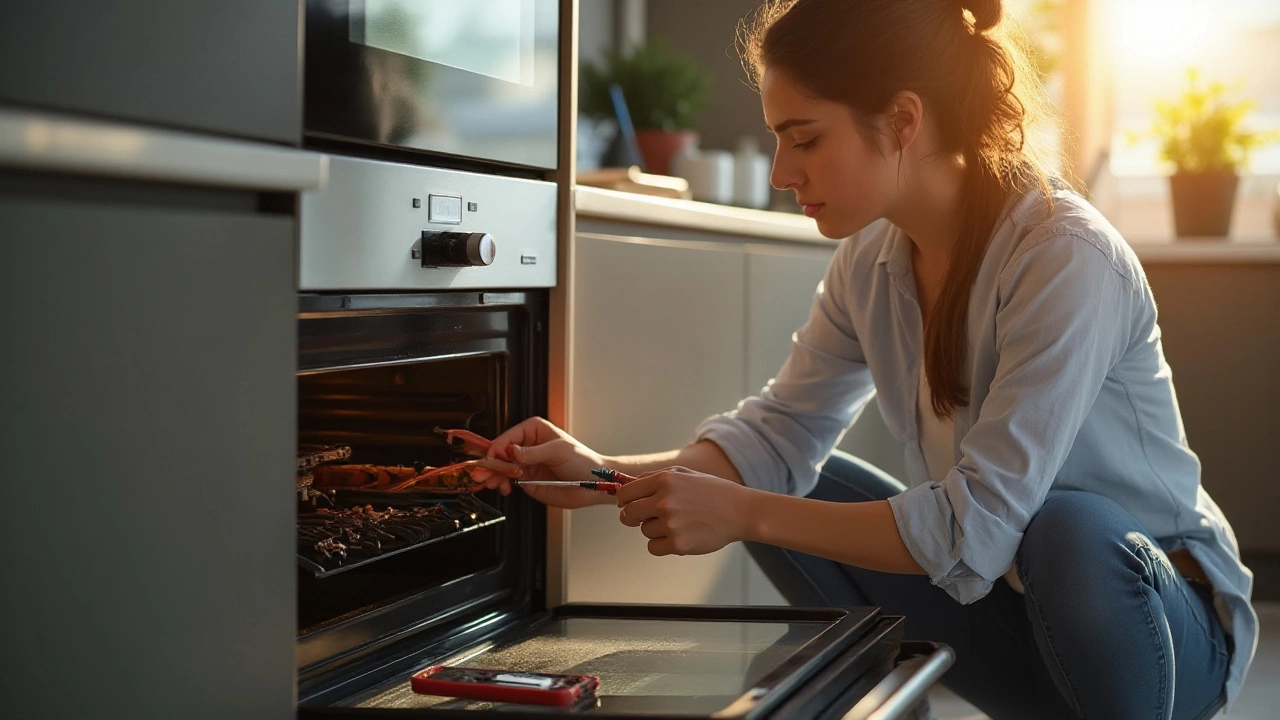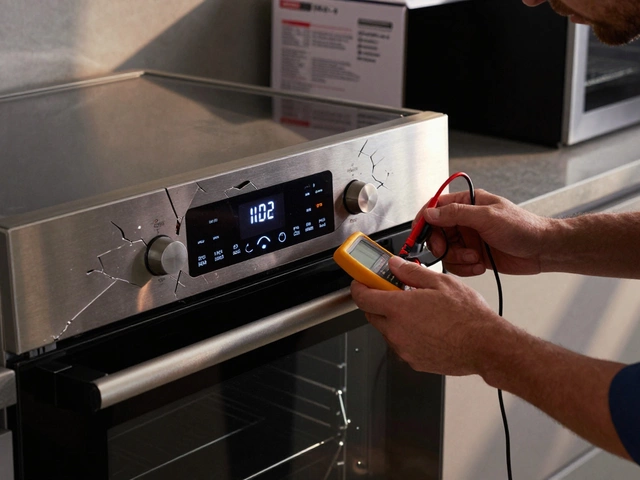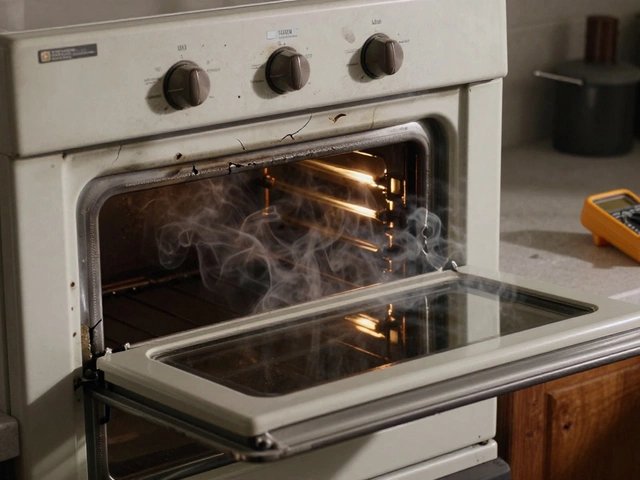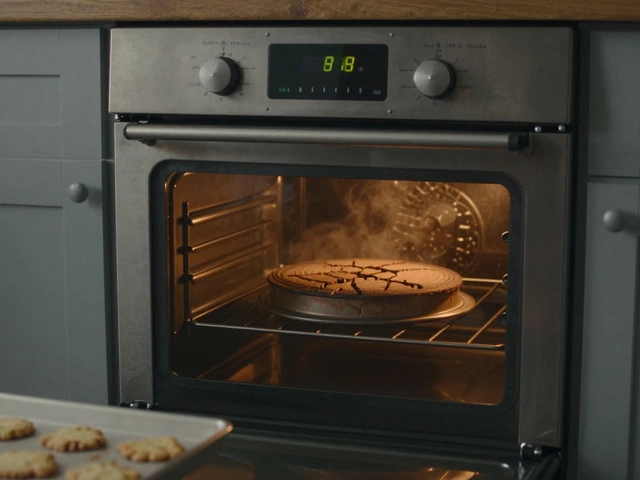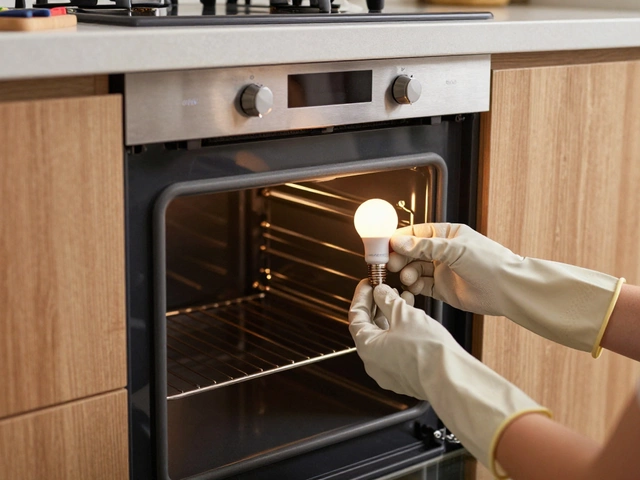DIY Repair: Simple Tips to Fix Your Home Appliances
Got a noisy fridge, a leaky washer, or an oven that won’t heat? Before you pick up the phone, try a few easy steps you can do yourself. DIY repair doesn’t mean you’re a mechanic – it just means you’re willing to check the obvious stuff and maybe save a few pounds.
Why Try DIY Repair?
Most appliance problems start with something simple: a loose connection, a clogged filter, or a burnt‑out fuse. If you take a quick look, you can often spot the issue in minutes. Fixing it yourself cuts down on service fees, speeds up the turnaround, and gives you a better idea of what’s really wrong.
Our tag page gathers dozens of step‑by‑step guides, from microwave magnetron failures to oven control board diagnostics. Each article breaks the repair into bite‑size actions, so you never feel lost. And if a fix looks too risky, the guides tell you exactly when to call a professional.
Quick Safety Rules Before You Start
Safety is the first rule of any DIY job. Always unplug the appliance or shut off the circuit breaker before you pull anything apart. If you’re dealing with gas appliances, turn off the gas supply and ventilate the area.
Keep a basic tool kit on hand – a screwdriver set, pliers, a multimeter, and a flashlight make most jobs easier. Wear safety glasses when you’re testing electrical parts, and never work on a device that’s still hot.
Check the user manual for any model‑specific warnings. Many modern appliances have safety interlocks that will stop the machine from running if a door isn’t closed properly. Bypassing those can be dangerous, so follow the manual’s steps.
Once you’re safe, start with the low‑effort checks: clean lint filters, remove debris from vents, and tighten any loose screws. Often, a clogged exhaust or a dirty sensor is the culprit behind weird noises or uneven heating.
If the problem persists, our articles walk you through testing components like oven elements, refrigerator compressors, or dishwasher pumps. You’ll learn how to use a multimeter to check for continuity, how to replace a faulty thermostat, and how to rebuild a broken fan blade.
Remember, not every problem can be solved at home. If you encounter burned wiring, a broken sealed system, or a refrigerant leak, it’s best to call a qualified technician – especially for gas or high‑voltage parts.
Ready to give it a go? Browse the posts under the DIY repair tag for the appliance you’re dealing with. Each guide includes a clear parts list, the tools you’ll need, and step‑by‑step photos. With a little patience, you’ll be back to cooking, washing, or chilling in no time.
Got a question that isn’t covered? Drop a comment on the article or call our Hinckley Home Appliance Repair Services team. We love helping locals learn the basics while still offering professional help when the job gets tough.
3 January 2025
·
0 Comments
When your washing machine starts acting up, you may wonder if fixing it is worth the investment. This article explores factors like the age of your machine, the cost of repair vs replacement, and common repair tips. Understanding these elements will help you decide whether to repair or replace your washing machine. You'll also find insights on doing simple repairs yourself and when to call a professional.
Read more
24 November 2024
·
0 Comments
Fixing your electric oven doesn't necessarily require a professional. With the right tools and guidance, many common issues can be resolved at home. From understanding basic components to tackling frequent problems, this article offers essential tips and tricks for DIY oven repair. You'll learn how to safely diagnose malfunctions, address simple fixes, and when it's best to call in an expert. Equip yourself with the knowledge to keep your kitchen running smoothly.
Read more


